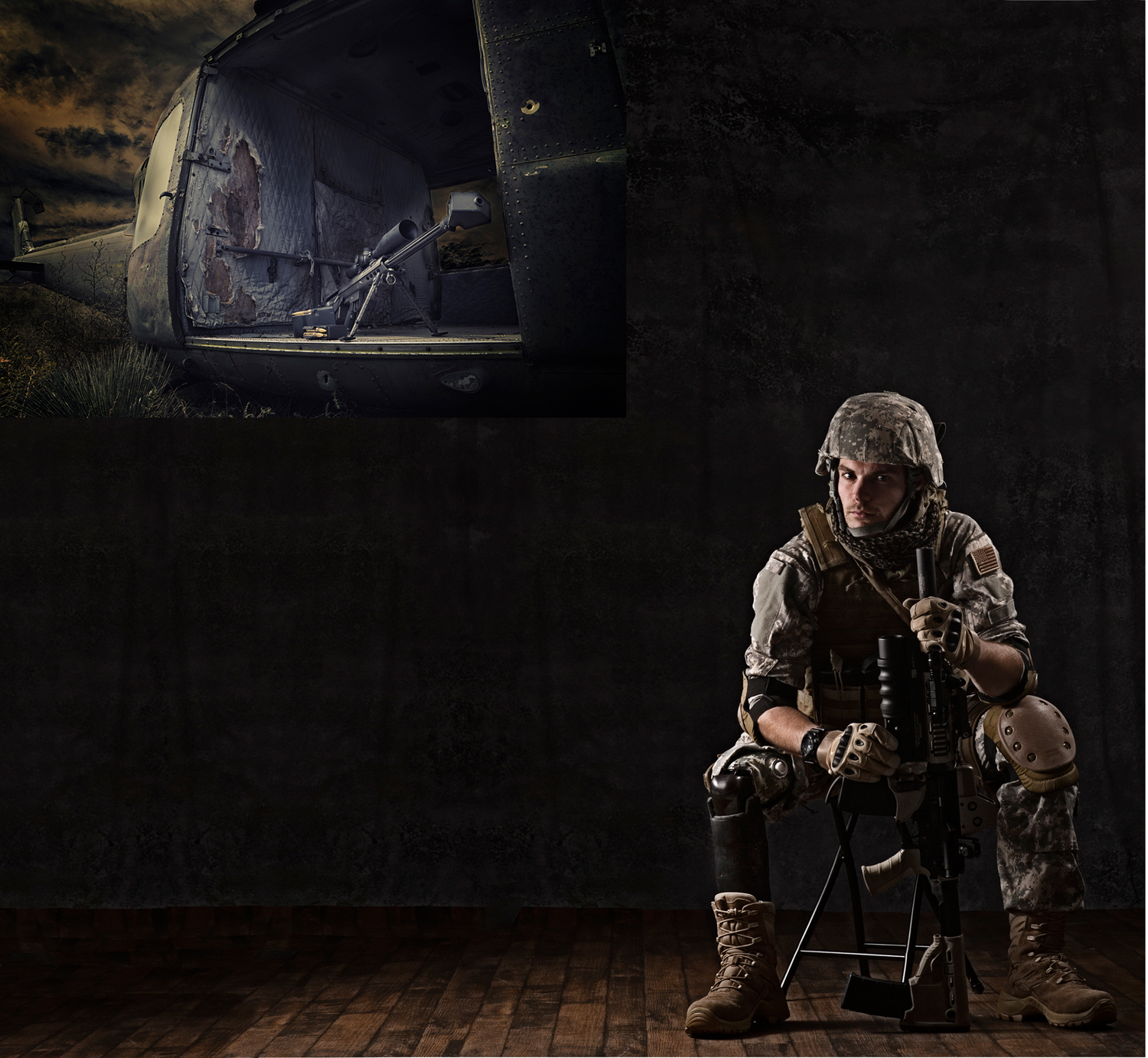 Ever since my parents bought me my first set of plastic six shooters, I’ve always been obsessed with guns. I love to shoot them and I love to “shoot” them! But, along with my love of weaponry, I’ve always had a deep passion for the military. On September 11, 2001, I was in the seventh grade and the events of that day made a profound impact on me. Although my intentions at that time were to get into the United States Air Force Academy, my life took a different turn and I eventually fell into this amazing career that I love… photography.
Ever since my parents bought me my first set of plastic six shooters, I’ve always been obsessed with guns. I love to shoot them and I love to “shoot” them! But, along with my love of weaponry, I’ve always had a deep passion for the military. On September 11, 2001, I was in the seventh grade and the events of that day made a profound impact on me. Although my intentions at that time were to get into the United States Air Force Academy, my life took a different turn and I eventually fell into this amazing career that I love… photography.
Since that time, I’ve discovered that my artwork has the unique ability to touch the lives of other people and I’ve been privileged to present it to several veterans and even Governor Abbot of Texas. Their reactions are always amazing to me.
Working with weaponry and military gear is quite different than many other things commonly photographed in a portrait setting and one of the key aspects to doing it correctly is keen attention to detail. Everything from their wardrobe, to their gear, to the way they hold their weapons, and even their own posture must be correct and convincing. But one of the most critical aspects when handling firearms is safety. Always keep the gun pointed in a safe direction. Always keep your finger off the trigger until it’s time to snap the image. Always treat every firearm as if it is loaded and ready to fire.
Besides the obvious safety rules, I also have a few of my own. I was 19 years old when I first began my photographic career and was photographing a senior girl one day who was a competition skeet shooter. Instead of a class ring, she got a very nice semi-automatic 12 gauge shotgun and wanted to include that in her senior session. During that session, I broke a couple of the rules and stood directly in front of the shotgun to get the image. By the time I moved on to the next pose, she pulled the charging handle back and, much to our surprise, out popped a shell from the chamber.
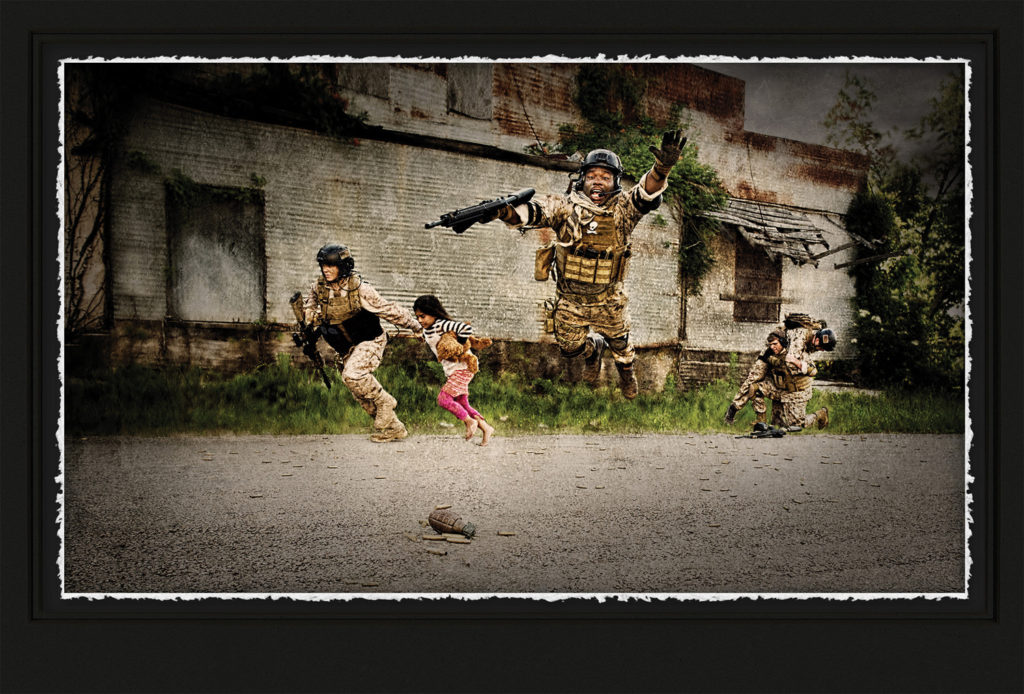 I realized in an instant how close I had come to being shot in the face. As a result, I came up with a couple more safety rules of my own… always put your hands on the weapon and ALWAYS put YOUR hands on the weapon! I’m very adamant about these rule, too! I make sure that I handle every firearm that comes into my studio and that I handle them at each location and at all times. The fact is that some hunters and gun enthusiasts get into a habit of loading a round into the chamber whenever their shotgun or rifle comes out of the case.. It is just muscle memory and they think nothing of it.
I realized in an instant how close I had come to being shot in the face. As a result, I came up with a couple more safety rules of my own… always put your hands on the weapon and ALWAYS put YOUR hands on the weapon! I’m very adamant about these rule, too! I make sure that I handle every firearm that comes into my studio and that I handle them at each location and at all times. The fact is that some hunters and gun enthusiasts get into a habit of loading a round into the chamber whenever their shotgun or rifle comes out of the case.. It is just muscle memory and they think nothing of it.
Therefore, I always double and triple check each firearm. This is particularly important because, during a photo session, there are times when we must slightly bend some of the original rules about pointing a weapon and putting the finger on the trigger in order to create an authentic image.
Creating any good image begins with a vision. What is your message? What emotions do you want to convey? What is the concept? Are you drawing your inspiration from a video game, a movie, or a real-life story? Once you have the vision, you must tweak it to make it your own.
Once that vision is finalized in your mind, it is time to gather the people and props to make it happen. Of course, everything must be authentic to the image. For instance, you would not want to have a military man wearing a mis-matched uniform. If the weapon is a pistol, they should not have a belt with rifle bullets. You get the idea. So be complete in your concept and pay close attention to every detail.
Finding the right location to fit your concept sometimes requires special permission that goes above and beyond your normal permission or allowances. After all, weapons are involved. People sometimes get nervous seeing a group of people walking down the street armed. When photographing an image titled “Some Gave ALL,” we were next to public school property and used a public street. Permission had to be obtained from the Superintendent of Schools and the local Police Chief. But, even with all the advance notice, we were checked out by a patrolling police officer. Fortunately, he was one of my former high school classmates and loved watching the photo session.
Another thing I will do, especially when on a location other than the studio, is to bring along a friend who is or was in the military. This “military consultant” provides valuable insight when certain questions come up… “would someone draw their pistol like that?” or “how would this situation be approached?” Once again, the goal is complete authenticity. One of the finest compliments I’ve ever received from civilians was, “Were you really overseas for this?”
Of course, the subject’s expression is a key ingredient in any masterpiece. We don’t always get to use veterans or military personnel when photographing but we still want to get their proper facial cues and emotions. Drawing those emotions from our models can be a real challenge. Whether we need grit, depression, or a “thousand yard stare,” the expression must be on the spot. I find that music often helps to put the model into the correct mind-set. Yelling and physical excursions (pushups, sprints, things of that nature) also help.
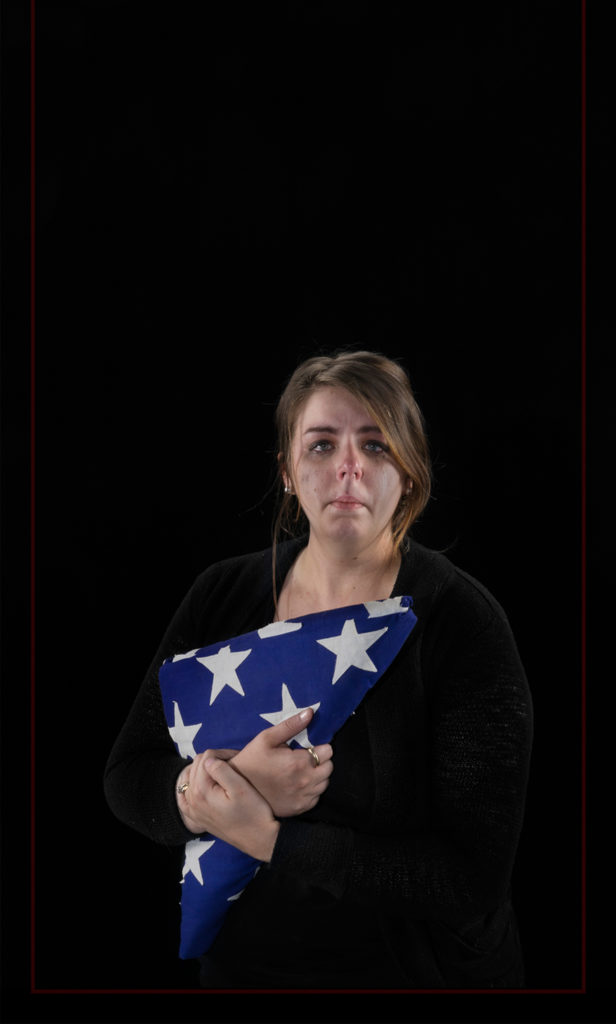
One of my most recent pieces was a difficult one, not only photographing it, but preparing for it. For “The Price,” I wanted to set the scene of a young woman in her mid-20’s who was holding a folded flag symbolizing that her husband was killed in action. On her right hand, she had a simple golden band which was supposed to really drive home that point. My wife modeled for the shot and knocked it out of the park. But getting “into character” for her took about 30 minutes of watching Grey’s Anatomy, listening to sad music, and me refraining from trying to “cheer her up.” Not everyone is a trained actor/actress like my wife, so talking to your model and letting them in on your vision can provide the final element of the image.
With “Amphibious Assault,” I got lucky in the fact that Ssgt. Dillon Palmer, of the USMC, is a grade-A “bad-ass” and we sat down on the bank of a river and discussed my concept with him, telling him the direction I was going and how we needed to get there. He pulled out his phone, played some “Five Finger Death Punch,” and got into character. With his personal investment in this image, we got one of the most intense expressions to date. The real reward for me was presenting that image to Texas Governor Greg Abbott recently.
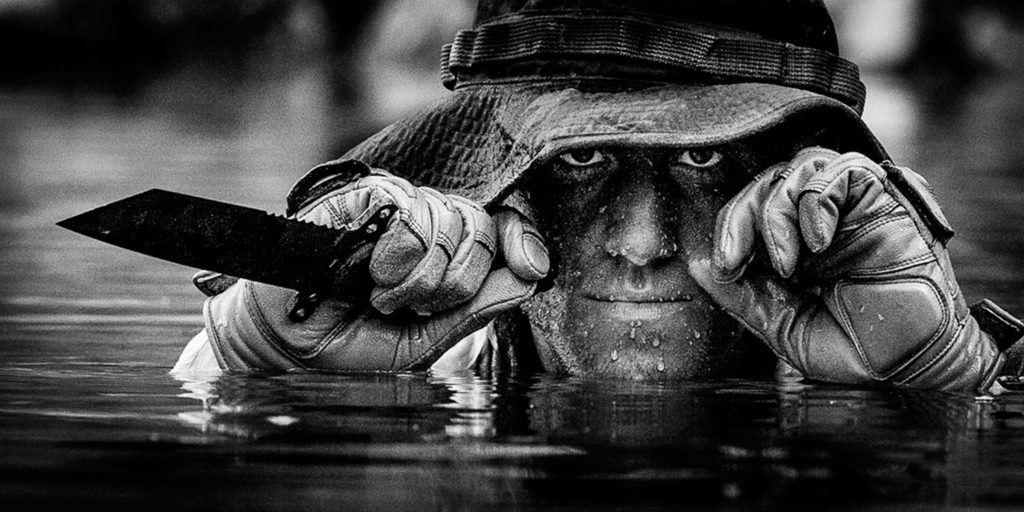 Remember, when you’re trying to create your concept and bring it to life, don’t skimp on the safety. Scout your location and inform the proper authorities. Finally, connect with your model and really focus on the details!”
Remember, when you’re trying to create your concept and bring it to life, don’t skimp on the safety. Scout your location and inform the proper authorities. Finally, connect with your model and really focus on the details!”
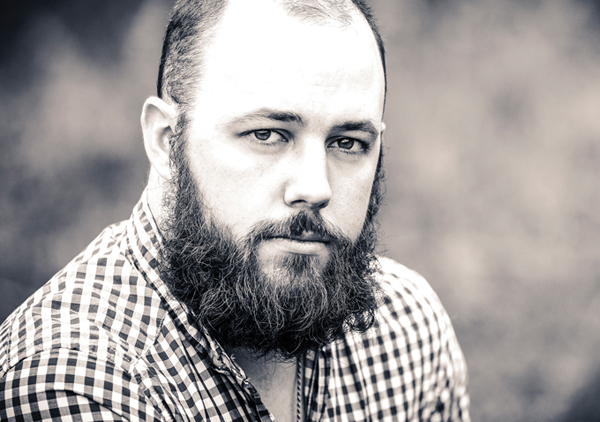 Connor Fuller is a 27 year old photographer from Kirbyville, Texas, who began his photographic career in 2008 as a part-time photographer and moved to a full-time career the next year. By the time he was 21, he had become a Certified Professional Photographer and, by age 25, earned his Photographic Craftsman degree from PPA. Connor is also one of the program speakers for PhotoGenesis ‘16.
Connor Fuller is a 27 year old photographer from Kirbyville, Texas, who began his photographic career in 2008 as a part-time photographer and moved to a full-time career the next year. By the time he was 21, he had become a Certified Professional Photographer and, by age 25, earned his Photographic Craftsman degree from PPA. Connor is also one of the program speakers for PhotoGenesis ‘16.



